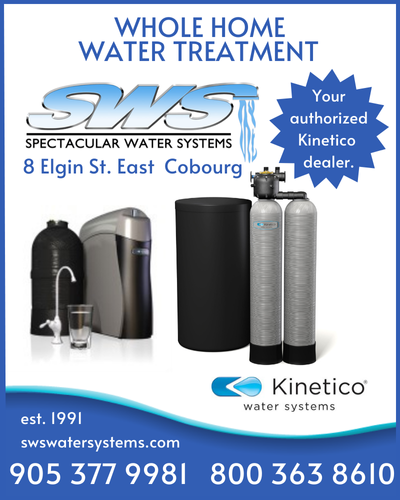“But my brother got 3.35% with his bank, why can’t I have that?”
That’s a common question I hear from home buyers and owners looking for a new mortgage. While there are several factors that determine the interest rate including income, credit score, property type and location, one of the most recent changes is to the type of mortgage being applied for.
With the changes to mortgage rules in recent years, lenders have had to change how they calculate mortgage rates.
There are several different ‘buckets’ a mortgage could fall into, each will come with their own rates. The tiers are broken down into these categories:
1. Insured Purchase: Borrowers with less than 20% down payments obtain default insurance through CMHC, Genworth or Canada Guaranty. A mortgage insurance premium based on a percentage of the loan is added to the mortgage balance.
2. Insured Quick Close: A quick close special is a discounted rate that applies if your purchase is closing in the next 30-45 days.
3. Insurable Purchase: These are mortgages where the borrower doesn’t need insurance because they have a down payment of 20% or greater but would still qualify for mortgage insurance. Often lenders will get their own insurance on a large number of mortgages as a bundle. Interest rates could fluctuate depending on the amount of your down payment with 35% or more getting even better rates.
4. Uninsurable: These mortgages don’t meet mortgage insurance rules for any number of reasons. Perhaps the mortgage is for a rental property or has an amortization of more than 25 years, for example. No insurance premium is required on these mortgages but there’s more risk for the lender and they’ll therefore charge a higher interest rate.
5. Refinance: If you already own your home and you’re looking to refinance to either change the payment amount or take out equity up to 80% of the value of your home then your interest rate could differ from those purchasing.
Insured mortgages are the safest type of loan for lenders because they’re compensated if the mortgage goes into default. They are also the most cost-effective way of lending mortgage money, so borrowers seeking an insured mortgage will get the best rate. Insurable mortgages typically get the second-best rate available (and it’s a close second).
Insured and insurable mortgages can be bundled as Mortgage Backed Securities. Banks can sell these securities to recoup their money, allowing them to relend it immediately.
Banks have to lend their own money and hold the mortgage for the full term when offering uninsurable mortgages. This makes it more expensive for the lender and that cost is passed on to the borrower in the form of a premium on the mortgage rate, anywhere between .1 to .5 per cent higher interest.
In short, because lenders are required to follow new rules on how they lend while still remaining competitive, interest rates are highly customized to the applicant based on the credit scores, type of mortgage, property specifics and loan amount. I often tell clients that mortgage rates are now very much like car insurance rates and not everyone pays the same.
If you’re considering purchasing a home or refinancing to reduce your monthly payment or take out equity, it’s a good idea to have your options reviewed by a licensed expert. Contact licensed mortgage agent Steve White and he’ll help you find the best option for your specific situation.
























